In the 1990s, molecular geneticists examined the mitochondrial genes of leopards from various regions and classified leopards into 9 subspecies: 1 in Africa – African Leopard and 8 other subspecies in Asia – Persian Leopard, Arabian Leopard, Indian Leopard, Ceylon Leopard (Sri Lankan Leopard), Javan Leopard, Indochinese Leopard, North Chinese Leopard, and Far Eastern Leopard. Based on both molecular and fossil evidence, scholars believe that all 9 leopard subspecies originally originated from Africa and later spread to Asia.
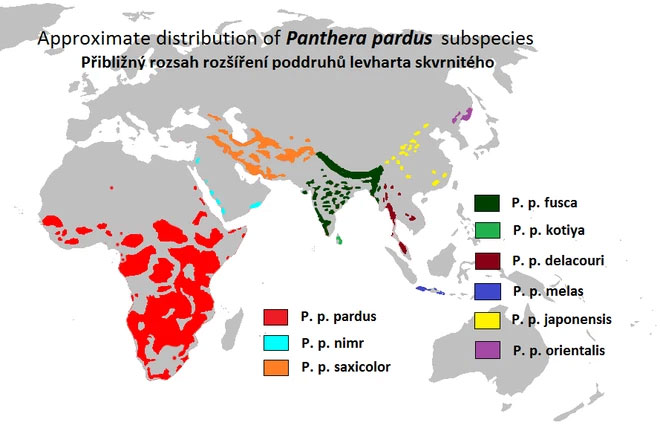
However, mitochondrial genes can only represent the lineage of the mother, while evidence representing the lineage of the father is equally important, so it can be said that this perspective is not entirely reliable. In 2021, some experts from the University of Potsdam in Germany decoded the complete genome sequence of leopards from 26 locations around the world and obtained more accurate results. This result has prompted the scientific community to re-examine the origins, evolutionary processes, and species classification of leopards.
According to the complete genome sequencing results, modern leopards are clearly divided into two branches – African Leopard and Asian Leopard.
The divergence time of these two branches is estimated to be between 500,000 to 600,000 years – quite long for a single species. Polar bears and brown bears only separated about 400,000 years ago and are recognized as two distinct species. Modern lions and cave lions have diverged for about 480,000 years. Therefore, it can be seen that the relationship between Asian leopards and African leopards is indeed more distant than the distance between modern lions and cave lions. Thus, it is likely that the original leopard species separated into two species: African Leopard and Asian Leopard, rather than the previously thought 9 subspecies.
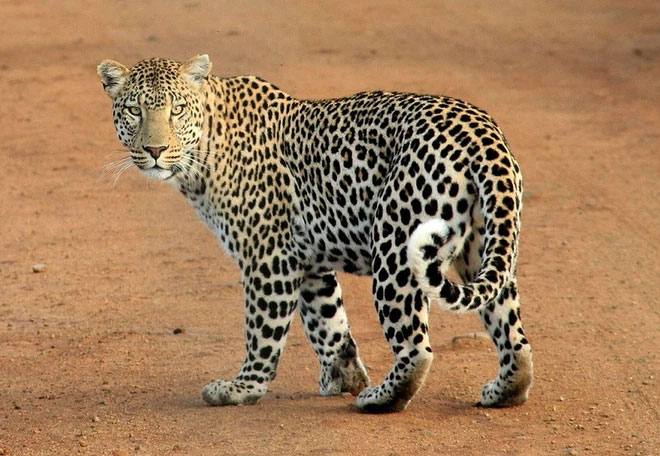
African Leopard.
The results of the genome sequencing also show that the genetic structure of African leopards and Asian leopards is completely different. African leopards are characterized by high genetic diversity but low differentiation. According to tests, African leopards are the largest cats with the highest genetic diversity, far surpassing Asian leopards, lions, tigers, cougars, cheetahs, and lynxes…
In contrast, Asian leopards have a genetic structure characterized by low diversity but high differentiation, with clear geographical isolation and genetic differentiation between different groups. There are several reasons for this difference:
First, Asian leopards originally came from Africa, being descendants of a few individuals that migrated from Africa, thus their initial genetic diversity is relatively low.
Second, the environment of the African continent is relatively uniform, allowing leopards to easily adapt to various habitats, from grasslands to tropical forests. Leopards across Africa can freely exchange genes, thus maintaining a high level of genetic diversity, and due to the similar habitats, their differentiation is also lower. In Asia, however, there are several geographical barriers between regions (for example, the Himalayas between East Asia and South Asia). Different groups evolve separately, leading to relatively high levels of differentiation, while the genetic diversity within each group is relatively low.
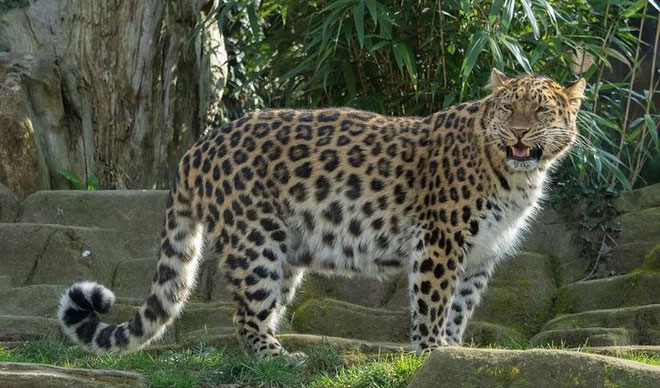
Far Eastern Leopard.
Although the study suggests that leopards should be divided into two distinct branches, Africa and Asia, it also found two other populations that are equally unique – the Persian Leopard (Anatolian Leopard) and the Barbary Leopard.
The Persian Leopard lives in the northern part of West Asia, with adult males averaging 67 kg and potentially reaching up to 90 kg, making it the largest existing subspecies. The gene sequences of the Persian Leopard from two locations show that although they belong to the Asian leopard species, their gene pool contains a small amount of African leopard genes. The Persian Leopard in Palestine has 75% Asian leopard genes and 25% African leopard genes, while the Persian Leopard in Afghanistan has 90% Asian leopard genes and 10% African leopard genes.
Scholars have discovered that although African leopards and Asian leopards have not had large-scale interbreeding since they diverged 500,000 to 600,000 years ago, small-scale gene flow has occurred in the past 100,000 years. Therefore, the gene pool of the Persian Leopard contains a small amount of African leopard genes.
The Barbary Leopard lives in Northwest Africa, north of the Sahara Desert. Although the gene pool of the Barbary Leopard generally belongs to the African leopard, 14% of its genes indicate that it is closer to Asian leopards, and 7% of its genes are primitive, distinct from modern leopard species. This result suggests that Asian leopards previously migrated from Northwest Africa, and Northwest Africa may be the origin of modern leopard species rather than East Africa, as fossil records suggest.
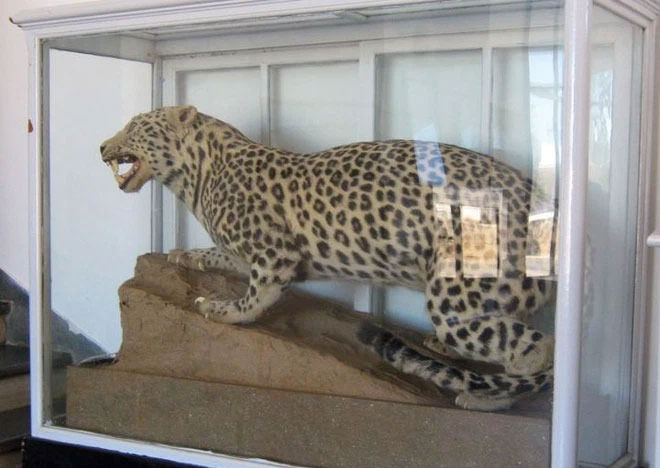
Barbary Leopard specimen.
According to the gene sequencing and previous studies, the origin and evolution of leopards have 4 important time points:
- Node 1: In Africa over 2 million years ago, leopards began to diverge and separate from their closest relatives – lions.
- Node 2: No earlier than 800,000 years ago, the common ancestor of modern leopards appeared in East Africa or Northwest Africa, then spread to all regions of Africa.
- Node 3: 500,000 to 600,000 years ago, taking advantage of the lower sea levels during the ice age, a group of African leopards (possibly from Northwest Africa) entered Asia via the land bridge between Asia and Africa, spreading to various regions of Asia.
- Node 4: 50,000 to 70,000 years ago, as the last ice age approached, along with the expansion of the Sahara Desert, the Barbary Leopard gradually separated from other African leopard species. At the same time, the Asian-African land bridge expanded again, and a small number of male African leopards (possibly Barbary leopards) entered West Asia and interbred with local leopards.
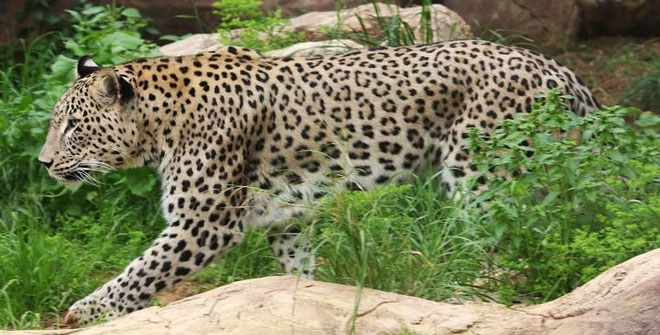
In terms of forest traversing ability, leopards indeed surpass lions.
Many believe that the adaptability and development of leopards surpass those of other big cats like lions and tigers, and this research has recreated the evolutionary process of leopards, providing us with new insights into the reproductive capabilities of leopards.
Regarding forest traversing ability, leopards indeed surpass lions. Lions cannot adapt to the tropical rainforests of Central and West Africa – this has always been the greatest barrier to lion migration, which has also led to the division of modern lions into two branches: northern and southern Africa. For leopards, tropical forests are not a problem at all.
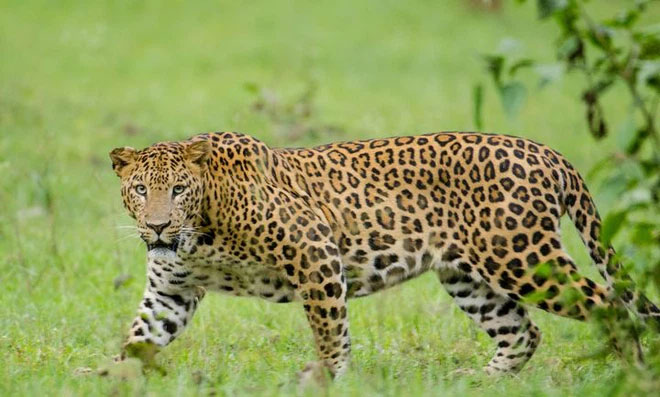
In terms of intercontinental migration ability, leopards are much weaker compared to lions.
However, in terms of intercontinental migration ability, leopards are much weaker than lions. Both lions and leopards originated from Africa. Lions have left Africa on a large scale at least three times in their evolutionary history:
- The first time was about 900,000 years ago, when primitive lions left Africa and entered Europe and Asia;
- The second time was about 400,000 years ago, when cave lions left Africa, not only occupying Europe and Asia but also entering the New World and ultimately conquering almost all continents in the world.
- The third time was about 30,000 years ago when modern lions left Africa and entered West and South Asia, laying the foundation for today’s Asian lions.
Leopards only left Africa on a large scale once (corresponding to the second migration of lions), and they are less effective than lions – the farthest reach of leopards is North Asia, and they did not enter North America.
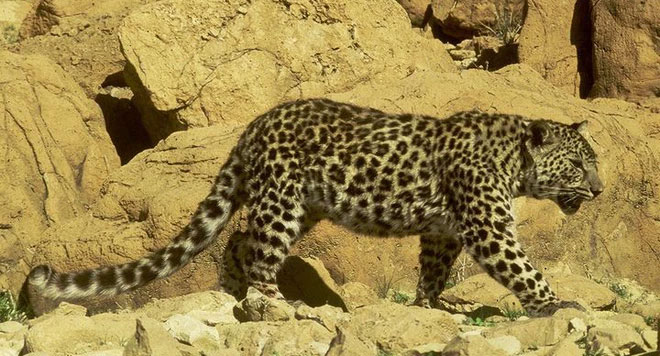
Leopards only left Africa on a large scale once.
The reason may be that leopards do not have the ability to adapt to open grassland environments and do not appear as robust as lions. Both lions and leopards can adapt to grasslands, but lions can thrive in pure desert environments while leopards cannot.


















































